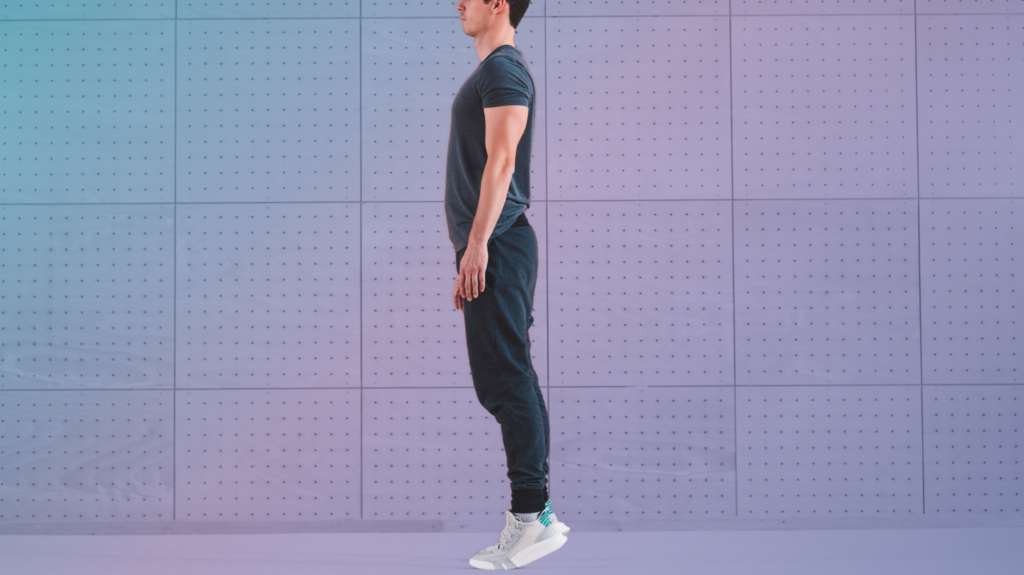Foothills Sports Medicine Physical Therapy has a reputation for providing quality, hands-on care to patients across the Valley. We believe that every person is different, so everyone should have their own personalized physical therapy plan. To find out what’s right for you, go online today and schedule a free assessment with us. To learn more about physical therapy and our services, follow our blog.
Scottsdale physical therapy expert, Michael Heidt, has a doctorate degree and specializes in manual therapy, including spinal mobilization. He is here today to explain what spinal stenosis is, and how a physical therapist can treat it.
What is spinal stenosis?
Lumbar spinal stenosis, also called degenerative joint disease and degenerative disc disease, is a condition that affects millions of Americans. It is defined as a narrowing of the spinal canal or intervertebral foramina— the space where the spinal cord passes through the back, and the areas in the side of the spine where nerve roots exit to supply nerves to the lower parts of the body. This means that the spaces for the spinal cord and nerve roots to travel through becomes smaller, which can cause nerve impingement (pinching) and pain. Spinal stenosis is a degenerative condition usually seen in people who are 50 years of age and older. The onset of symptoms is gradual and worsens over time, but there is usually no specific incident causing pain to begin.
How do I tell if I have spinal stenosis?
Individuals with spinal stenosis generally complain of pain in the buttocks, thigh, and/or lower extremities. Pain can even radiate all the way down to the foot if severe nerve root impingement is present. Pain could be felt in only one of the legs or buttocks, or both. Symptoms are worsened by activities such as prolonged standing and walking, and getting up from a sitting position. Morning stiffness and pain is also common. Symptoms are often relieved by sitting down or by leaning forward at the waist, such as leaning forward onto a shopping cart while walking at the store. Spinal stenosis can usually be diagnosed by X-rays that show the decreased space between the lumbar vertebrae.
It is important to have these symptoms checked by your physician and/or physical therapist, because other, potentially more serious conditions can cause similar symptoms. It is especially important to see your physician if you are also experiencing any of the following symptoms: fever or infection, significant weight loss, constant severe pain not relieved by positional changes, and changes in bowel and bladder function.
How do Physical Therapists treat this condition?
After performing a thorough subjective and objective evaluation, your therapist will determine an individualized exercise program. Avoiding certain positions and postures will be important in reducing initial pain. Your therapist will also educate you on how to perform different activities of daily living in order to reduce pain. If core musculature weakness is found, basic core strengthening exercises will be taught, such as abdominal bracing and posterior pelvic tilts, to begin strengthening the muscles surrounding the spine and low back to provide support. Strengthening of the abdominals and gluteal (buttocks) muscles are other common treatments for this condition. Stretching exercises for the hip flexors, hamstrings, and piriformis can also be helpful tools in improving posture and alleviating pain. Proper form while performing these exercises are very important and should be taught in person by a certified professional physical therapist.
Manual therapy can also be performed by your therapist. Manual therapy consists of hands-on treatment involving massage, trigger point release, passive stretching, and mobilizing the vertebrae in your lumbar spine to improve your range of motion and take pressure off of the pinched spinal nerve roots. Therapy modalities such as heat, ice, electrical stimulation, and ultrasound are other tools that can be utilized by your therapist to help improve muscle extensibility and reduce pain.
Although spinal stenosis is a degenerative disease, it can be treated with the help of a physical therapist. If you’re feeling pain and are in need of treatment, visit any one of our clinics across the valley, or stop by our website for more information.
What is Spinal Stenosis, and How Can We Treat It?




